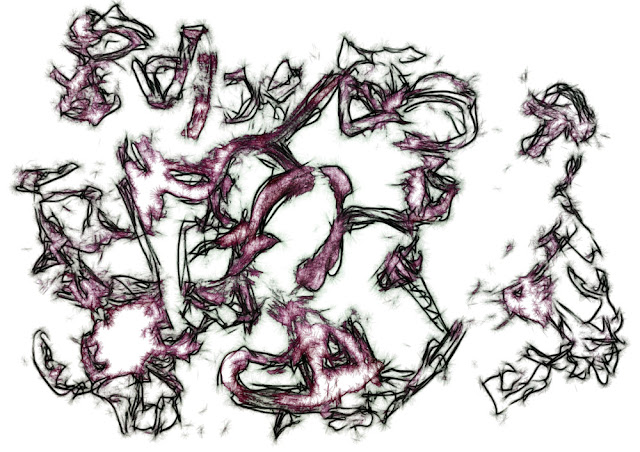Open-Concept Living: Pros and Cons
Open-concept living has become a modern design staple, praised for its light, flow, and sense of space. By removing walls between the kitchen, living, and dining areas, open floor plans aim to create a connected, breathable home. But is it always the right choice?
Let’s break down the pros and cons of open-concept living so you can decide if it’s the right fit for your lifestyle.
✅ Pros of Open-Concept Living
1. Enhanced Natural Light
With fewer interior walls, sunlight can travel freely across the space. This makes the area feel brighter, more welcoming, and even larger.
Perfect for small homes or apartments that need help maximizing light.
2. Improved Social Flow
An open plan fosters connection. Whether you’re cooking, entertaining, or supervising kids, the layout allows for easy conversation and visibility.
Ideal for families, entertainers, or multitaskers.
3. Flexible Use of Space
No walls = fewer boundaries. Open layouts allow you to customize areas based on need—dining room today, home office tomorrow.
More adaptable to modern, hybrid lifestyles.
4. A Modern Aesthetic
Sleek, seamless, and uncluttered, open-concept spaces reflect a contemporary look. They’re also easier to clean and maintain since everything’s in plain sight.
A great fit for minimalists and design-forward homeowners.
❌ Cons of Open-Concept Living
1. Noise Travels Easily
Without walls, sound from the TV, blender, or phone calls spreads through the entire space. This can be overstimulating—especially in busy households.
Harder to create a quiet, private environment.
2. Lack of Privacy
While the openness is great for togetherness, it makes solitude harder. There’s nowhere to hide when everyone shares the same airspace.
May not suit introverts or multi-generational homes.
3. Temperature Control Issues
Heating and cooling open spaces evenly can be challenging and expensive. No walls mean fewer barriers to retain warmth or coolness.
Not always energy-efficient, especially in larger areas.
4. Design Cohesion Required
Because everything’s visible, your decor and layout need to flow well together. Mess in the kitchen? You’ll see it from the couch.
Requires thoughtful design and regular tidying.
🧠 So, Is It Right for You?
Here’s a quick guide:
| Best For… | May Not Work For… |
|---|---|
| Families who entertain often | People who value privacy or quiet |
| Small apartments or condos | Households with competing schedules |
| Modern, minimalist aesthetics | Lovers of cozy, enclosed spaces |
| Hybrid work/live environments | Traditional-style homes |
📝 Final Thought
Open-concept living is about openness in every sense—light, movement, connection. It offers freedom and flow, but asks for coordination and compromise. Whether you’re renovating or house-hunting, weigh the pros and cons not just in style, but in how you live.
I dedicate a significant amount of time each month to maintaining this blog—designing, publishing, and curating new content, including sketches and articles. This blog is entirely free and ad-free, and I plan to keep it that way. As I manage it independently, without any staff, your support truly makes a difference.
If this blog has helped streamline your work, sparked new ideas, or inspired your creativity, I kindly ask you to consider contributing to its ongoing upkeep through a donation. Your support enables me to continue providing high-quality, valuable content.
All sketches and artwork featured on this blog and my Pinterest pages are available for purchase or licensing, subject to my approval.
LINKEDIN PROFILE: https://www.linkedin.com/in/panagiotis-bozelos-96b896240
CV : https://drive.google.com/file/d/1mKd0tFYFREnN1mbsT0t42uOavFln4UOo/view?usp=sharing
BLOG: www.architectsketch.blogspot.com
PINTEREST (sketches): https://gr.pinterest.com/bozelos/sketches-and-plans/
Don't hessitate to communicate with me for anything you want.
Contact info:
bozpan13@gmail.com
bozpan@protonmail.com
TEL: 00306945176396
DONATE ME : Donate to Panagiotis Bozelos
---------------------------

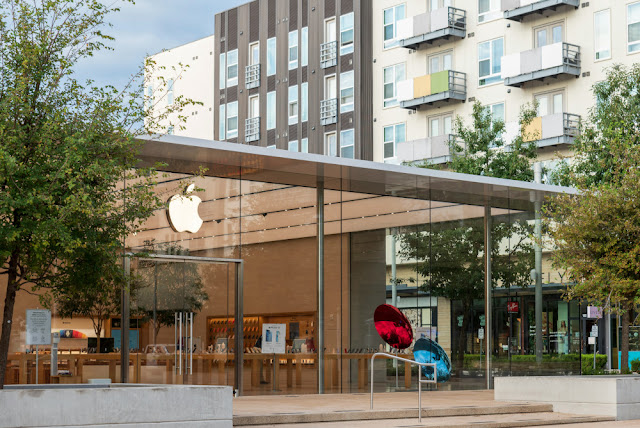


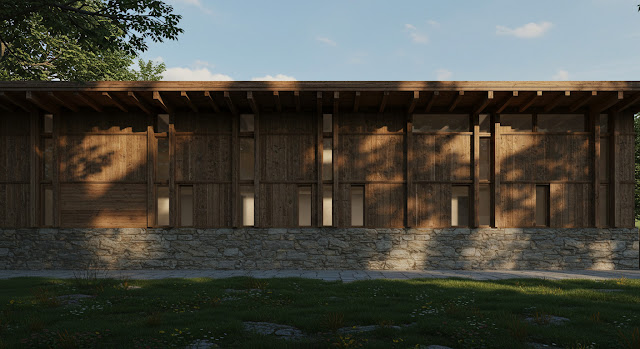_0.jpg)
_1.jpg)
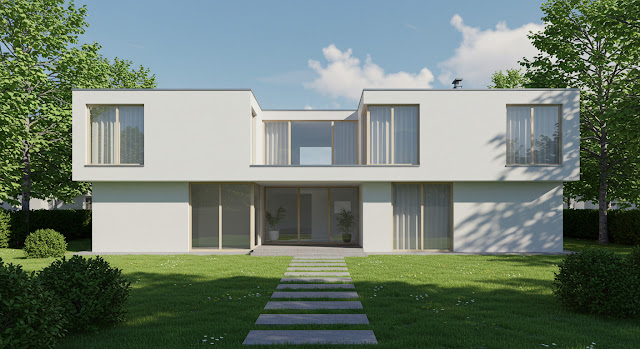_0.jpg)
_1.jpg)
_1.jpg)
_1.jpg)
_1.jpg)
_2.jpg)














_1.jpg)
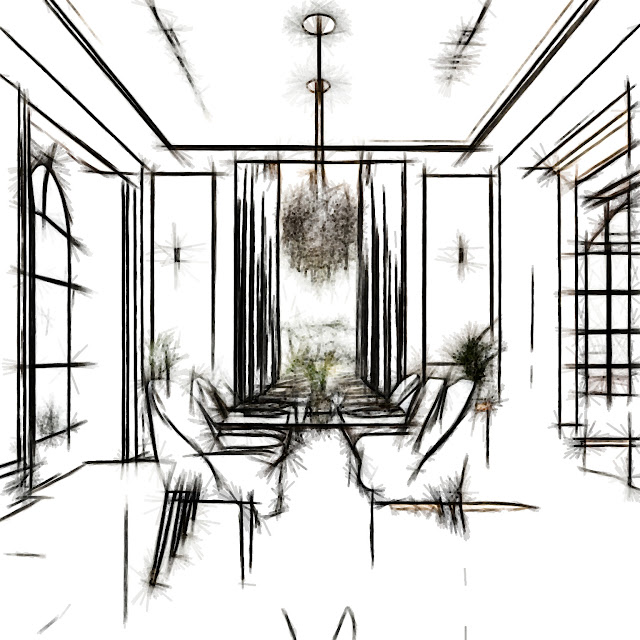_2.jpg)
_1.jpg)
_2.jpg)












